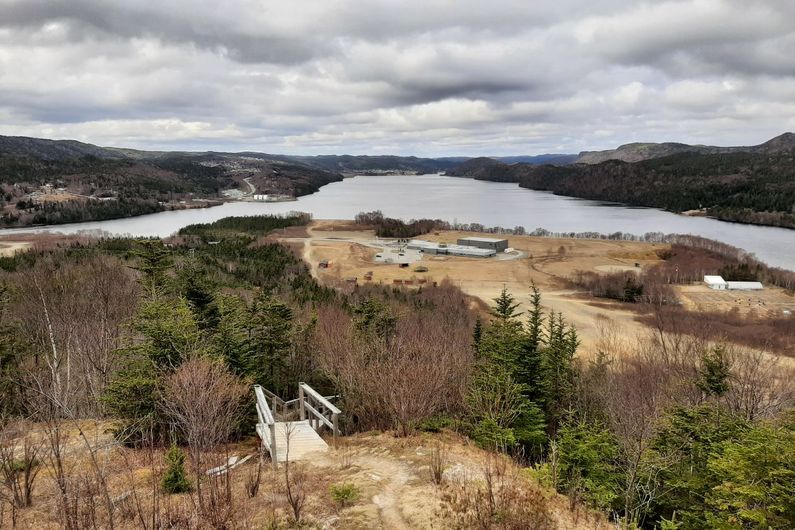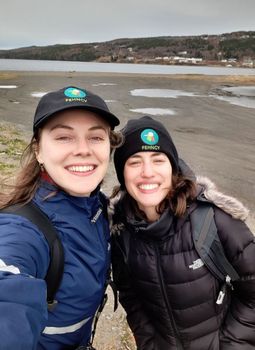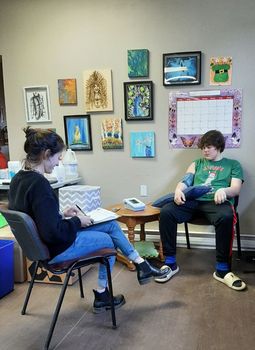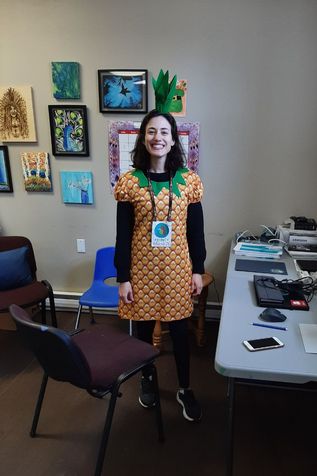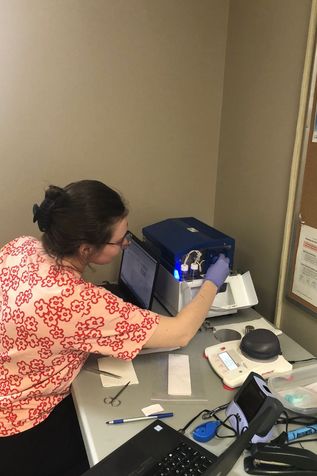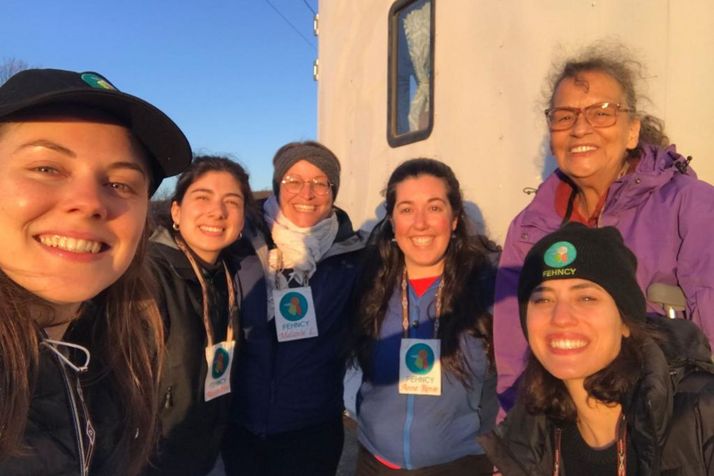Identifying nutrition issues among Miawpukek youth
- UdeMNouvelles
09/19/2023
- Martin LaSalle
Two UdeM nutrition graduates went to the Newfoundland and Labrador community to identify nutrition problems among Indigenous youth.
Last April and May, Université de Montréal researchers Ariane Lafortune and Milena Nardocci spent three weeks in Miawpukek, an Indigenous community in Newfoundland and Labrador. They were there to identify the nutritional, health and environmental problems affecting young people.
Lafortune holds bachelor’s and master’s degrees in nutrition; Nardocci has a bachelor’s in nutrition and a master’s in public health. Their task was to conduct a holistic assessment of the living conditions of the community's children and teens, including their food environment, physical activity, lifestyle and health status.
The researchers' work was part of a 10-year, Canada-wide research project called Food, Environment, Health and Nutrition of First Nations Children and Youth (FEHNCY), funded by Indigenous Services Canada.
The project targets those begtween the ages of 3 and 19 in First Nations communities across the country. It’s a partnership between UdeM, the University of Ottawa, the Assembly of First Nations, Université Laval, McGill University and Health Canada.
Two professors from UdeM’s Department of Nutrition are involved as co-principal investigators: Malek Batal is in charge of the interviews with children and Geneviève Mercille is in charge of the food environment component.
A mobile clinic and home visits
Lafortune and Nardocci were involved in the mobile clinic set up in Miawpukek at the start of the summer. They also accompanied the community researchers who visited homes and inquired about the dietary habits of at least one child per family. In all, the research team collected and analyzed data from 74 children and teens, 47 of whom agreed to visit the mobile clinic.
“Our mobile clinic was equipped to perform various types of tests and collect samples,” said Lafortune. “We analyzed some of the samples on-site in order to report needs for follow-up to local health facilities. For example, hair samples were tested for mercury levels. The blood and urine samples were sent to the Institut national de santé publique du Québec for analysis.”
At the mobile clinic, the researchers also had materials to entertain and reassure the children and teenagers taking part in the project, such as games and costumes. “The young people and their parents were very generous and showed great interest in taking part in the research project,” said Nardocci. “Many of them came to find out what their results were.”
Lafortune and Nardocci also contributed to the doctoral research of Fabrice Mobetty from the Department of Nutrition by assessing the quality of the community’s food environment, or the set of conditions under which a person has access to food, buys it and consumes it.
Evaluating grocery stores
“We used the observation grid developed by Fabrice to evaluate grocery stores in the community and in larger urban centres, comparing the availability, quality and affordability of food products," said Nardocci.
Over the coming months and years, Lafortune and Nardocci intend to continue working as part of the FEHNCY research team as the project expands to communities in other Canadian provinces.
According to Mercille, the results of the FEHNCY project will inform recommendations for public policy and community programs to improve the health of First Nations children. They could also serve to support capacity building in First Nations communities.
“The recommendations that emerge from the study could be applied to a number of communities, each of which could then implement initiatives supported by mobilization and social innovation,” said Mercille.
“This project is part of a broader objective to achieve food sovereignty in Indigenous communities. We will work with local experts to develop a knowledge map that could help them channel their claims and demands for community empowerment, so that they can take ownership of their environment and thrive.”


